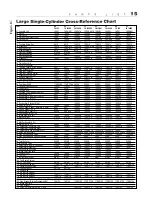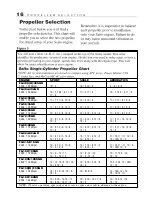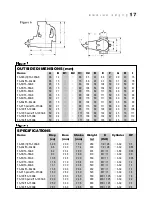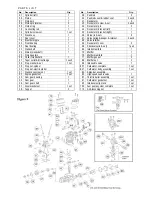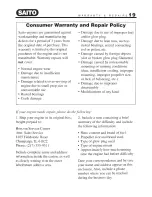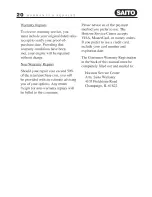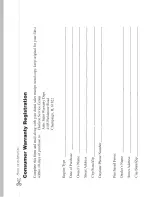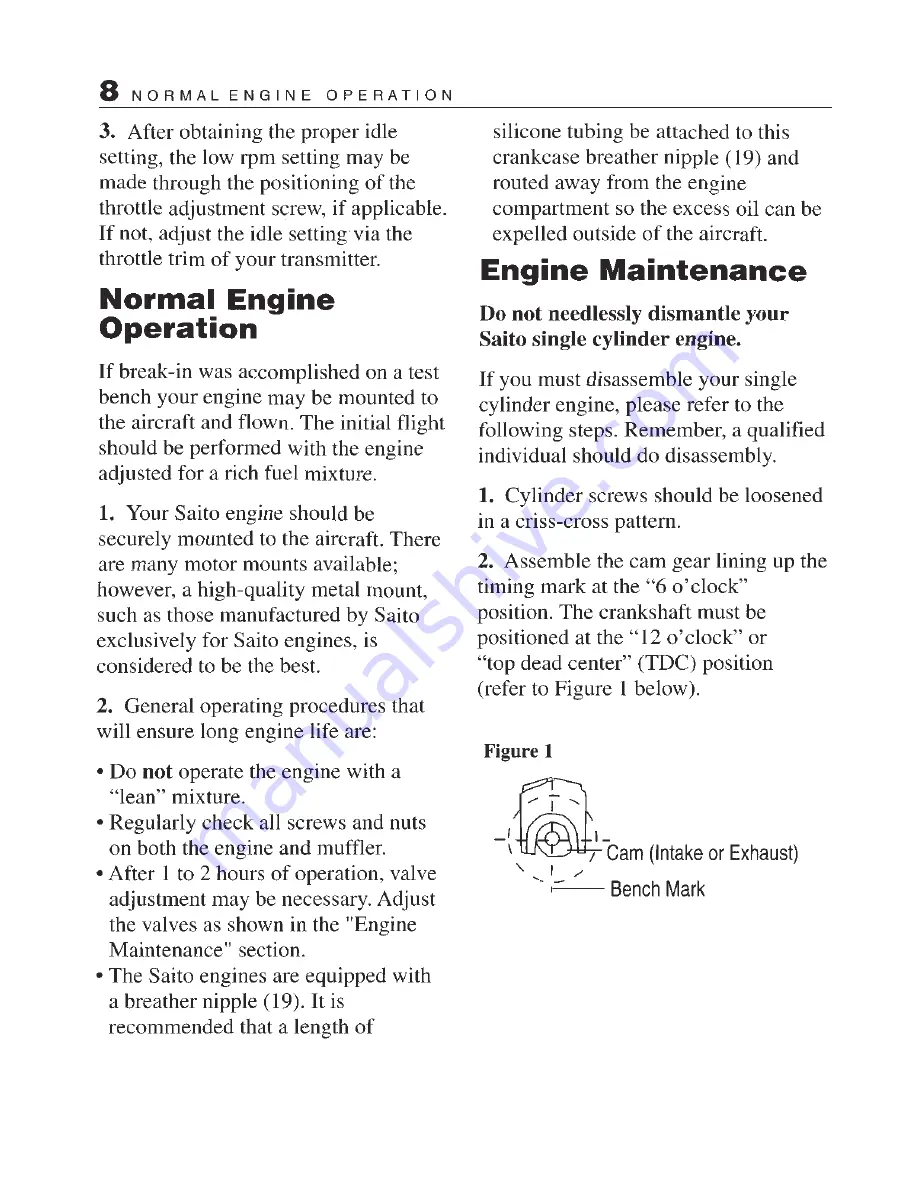
8
N O R M A L
E N G I N E O P E R A T I O N
3.
After obtaining the proper idle
setting, the low rpm setting may be
made through the positioning of the
throttle adjustment screw, if applicable.
If
not, adjust the idle setting via the
throttle trim of your transmitter.
Normal Engine
Operation
If break-in was accomplished on a test
bench your engine may be mounted to
the aircraft and flown. The initial flight
should be performed with the engine
adjusted for a rich fuel mixture.
1. Your Saito engine should be
securely mounted to the aircraft. There
are many motor mounts available;
however, a high-quality metal mount,
such as those manufactured by Saito
exclusively for Saito engines, is
considered to be the best.
2.
General operating procedures that
will ensure long engine life are:
Do not
operate the engine with a
‘‘lean’’ mixture.
Regularly check all screws and nuts
on
both the engine and muffler.
After 1 to 2 hours of operation, valve
adjustment may be necessary. Adjust
the valves as shown in the “Engine
Maintenance” section.
The Saito engines are equipped with
a breather nipple
(19).
It is
recommended that a length
of
silicone tubing be attached to this
crankcase breather nipple
(19)
and
routed away from the engine
compartment so the excess oil can be
expelled outside of the aircraft.
Engine Maintenance
Do not needlessly dismantle your
Saito single cylinder engine.
If you must disassemble your single
cylinder engine, please refer to the
following steps. Remember, a qualified
individual should do disassembly.
1. Cylinder screws should be loosened
in a criss-cross pattern.
2.
Assemble the cam gear lining up the
timing mark at the
“6
o’clock’
position. The crankshaft must be
positioned at the “12 o’clock’ or
“top dead center” (TDC) position
(refer to Figure
I
below).
Figure
1
Cam (Intake or Exhaust)
Bench Mark
Summary of Contents for FA-30S Golden Knight
Page 1: ...Version 2005...
Page 24: ...J a n1 1 2 0 0 5...

















